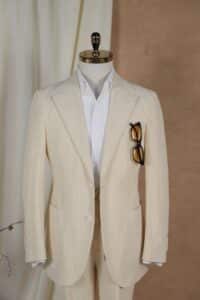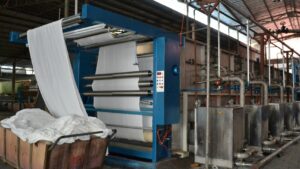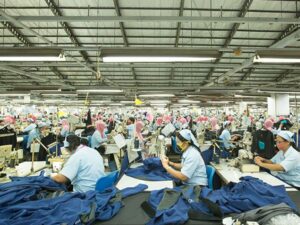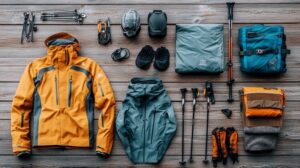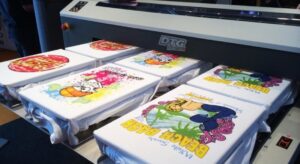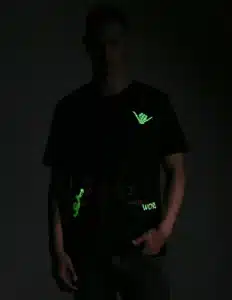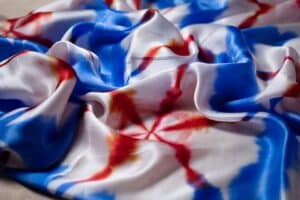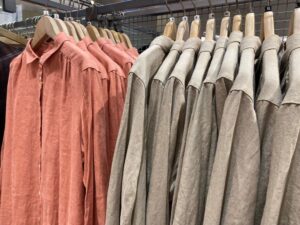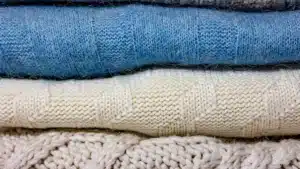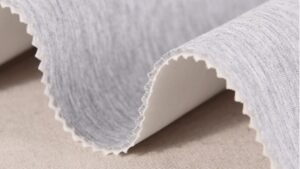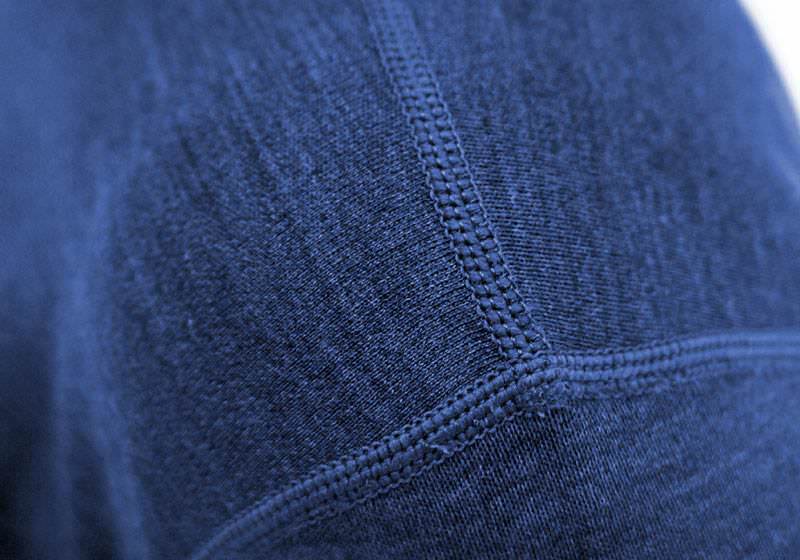
Flatlock stitches are useful and look nice too. These stitches make seams flat, which feels more comfortable. They are common in activewear because they stop rubbing during movement. They are strong, so they work well for clothes worn and washed often.
Key Takeaways
Flatlock stitches make seams flat, which feels comfy and stops rubbing. They are great for sports clothes and tight outfits.
These stitches are strong and stretch easily. Clothes stay in shape even after lots of washing and moving.
Flatlock stitching looks cool and can decorate clothes or home items. You can use colorful threads to make fun designs.
Picking the right fabric and thread is important. Stretchy fabrics like spandex work well, and polyester threads are tough and useful.
Understanding Flatlock Stitches
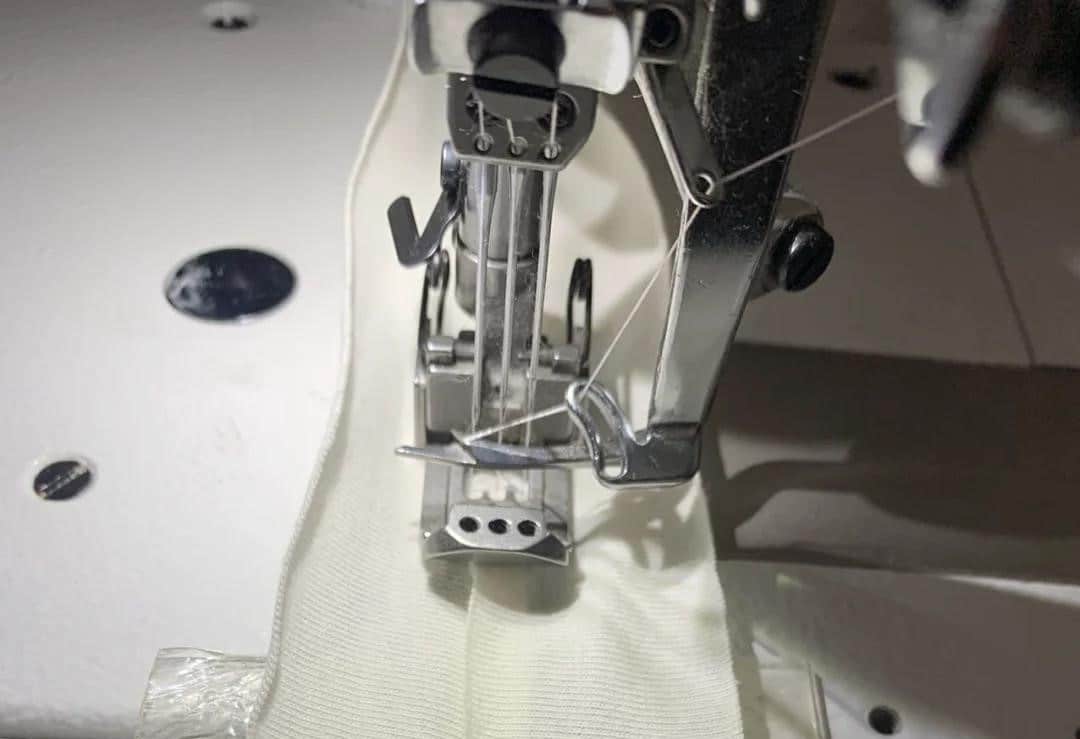
What Are Flatlock Stitches?
Flatlock stitches are a special way to sew fabric edges. They join fabric without overlapping, making seams flat and smooth. This method removes bulky seams, so it’s great for comfy clothes. You’ll see flatlock stitching in stretchy fabrics like activewear and swimwear.
These stitches are both useful and decorative. They give a neat, finished look on both sides of the fabric. This makes them perfect for reversible clothes or designs with visible seams. Special flatlock machines are used to make these stitches strong and precise.
Key Features and Benefits of Flatlock Stitches
Flatlock stitches have many benefits that make them popular:
Comfort: Flat seams don’t rub, so they’re great for close-fitting clothes.
Durability: These stitches stretch and survive many washes, lasting longer.
Aesthetic Appeal: Flatlock stitching looks nice and adds a professional touch.
Moisture Management: Studies show flatlock seams help manage sweat, especially with fewer stitches.
Whether you’re sewing activewear, swimwear, or home décor, flatlock stitches mix style and function to improve your projects.
Practical Applications of Flatlock Stitches
Seam Construction in Activewear and Sportswear
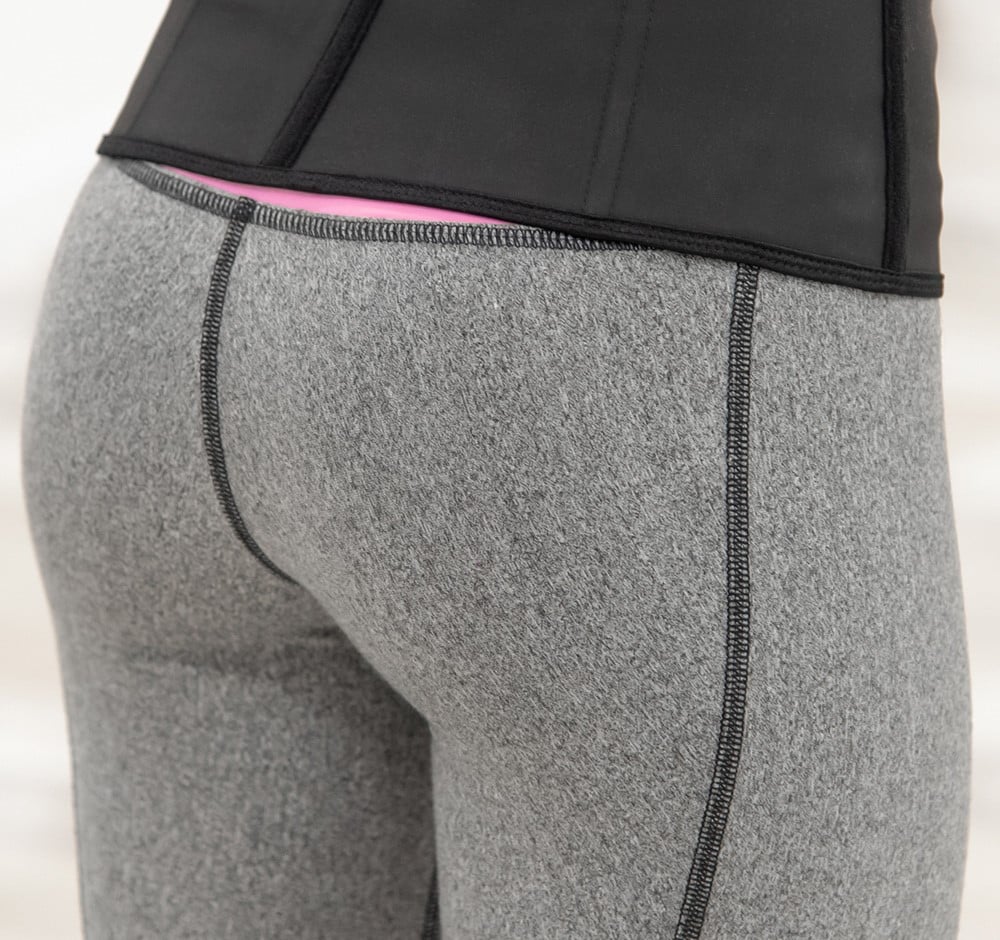
Flatlock stitches are important for making strong, comfy seams. These seams stay flat, so they don’t irritate your skin. You’ll see them in leggings, swimwear, and compression shirts. They are strong and stretch easily with the fabric.
Flatlock seams are great for activewear because of these features:
Seam Strength: They make seams tough for hard workouts.
Elasticity: These stitches stretch, letting you move freely.
Moisture Management: Flat seams help keep sweat away, staying dry.
Benefit | Description |
|---|---|
Seam Strength | Flatlock stitches make seams stronger for lasting wear. |
Elasticity | They stretch well, giving better comfort and movement. |
Moisture Management | Flat seams help manage sweat, keeping you comfortable. |
Reports show more flatlock machines are used in clothing factories. New technology has made this sewing method easier to use. This is why it’s now common in activewear production.
Enhancing Comfort in Everyday Garments
Flatlock stitching isn’t just for sports clothes. It also makes everyday clothes more comfortable. The flat seams remove bulk, so clothes feel soft and smooth. This is great for t-shirts, pajamas, and underwear.
When you wear flatlock-seamed clothes, you’ll feel the difference. No raised seams mean no rubbing, even after long hours. This makes them perfect for people with sensitive skin or for long wear.
Flatlock stitches also look nice and add style to casual clothes. Using colorful threads can make simple clothes stand out. This turns plain outfits into cool fashion pieces.
Creating Bulk-Free Seams for Fitted Clothing
Fitted clothes need smooth seams for a neat look. Flatlock stitches make seams flat, so they don’t stick out. This gives a sleek style without losing comfort.
You’ll find flatlock seams in yoga pants, bodycon dresses, and fitted tops. The flat seams let the fabric fit snugly without bumps or discomfort. Designers love this for stretchy or tight-fitting fabrics.
Flatlock stitching gives a clean, professional finish to clothes. Whether sewing for yourself or others, this method makes garments look polished and fit well.
Decorative Uses of Flatlock Stitches
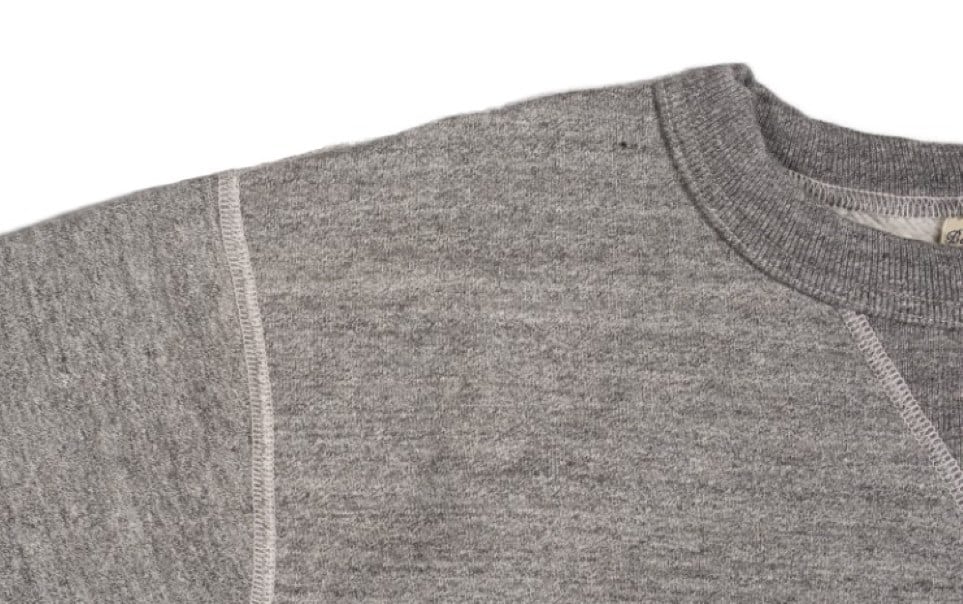
Adding Style with Decorative Threads
Flatlock stitches can make plain clothes look exciting. Use special threads like metallic, neon, or colorful ones to add bold designs. These threads stand out and turn the stitching into a cool decoration.
For example, using a bright thread on a hoodie or leggings seam can give a sporty vibe. You can also outline shapes or patterns with these stitches for a custom look. This works great on activewear, where visible stitching can double as a design feature.
If you're new to this, start simple. Pick threads that match or contrast with your fabric. Test your sewing machine on scrap fabric to get clean, even stitches. With practice, you’ll discover many ways to make your projects pop with flatlock stitches.
Tips for Using Flatlock Stitches Effectively
Picking the Best Fabric and Thread

Choosing the right fabric and thread is very important. Stretchy fabrics like spandex, jersey, and knits work best. These fabrics let seams stretch and move with the clothing. This makes the garment more comfortable and long-lasting.
For threads, polyester-wrapped ones are a great choice. They make seams stronger and more efficient than other threads. Nylon threads are also good for clothes that need extra stretch. The table below shows the differences:
Thread Type | Seam Strength | Seam Efficiency |
|---|---|---|
Polyester-wrapped thread | Stronger | Higher |
Other thread types | Weaker | Lower |
The number of stitches per inch (SPI) affects moisture control. Fewer stitches, like 10 SPI, manage moisture better than more stitches. This is especially helpful for activewear.
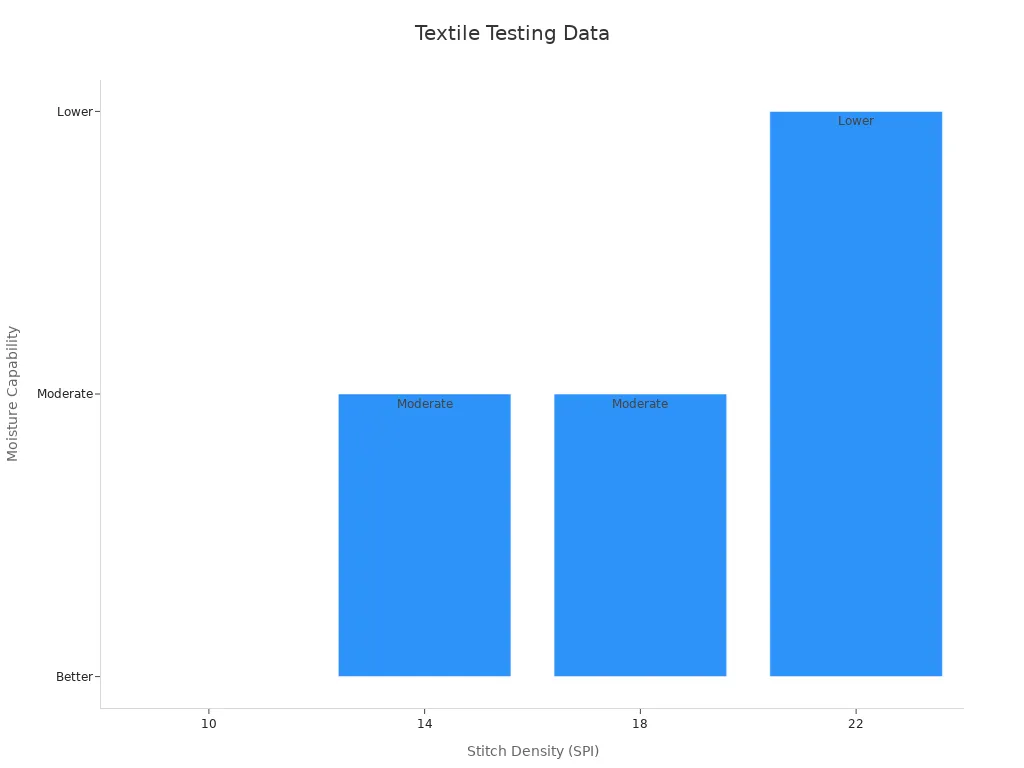
Trying Decorative Flatlock Techniques
Flatlock stitches aren’t just useful—they can look cool too. Use colorful or shiny threads to make your designs stand out. These threads can highlight seams or outline patterns, making plain clothes stylish.
For home décor, flatlock stitching adds texture and flair. Try contrasting threads on pillows or table runners for unique designs. This technique mixes function with creativity, making your projects special.
Play around with thread colors and stitch placements to explore ideas. Start with small projects to practice, then move on to bigger ones as you improve.
Flatlock stitches do more than make seams strong. They bring comfort, last long, and look stylish. This makes them perfect for activewear, home décor, and fashion. Use them to make smooth seams or add cool designs.
Tip: Start with small projects to practice flatlock stitching. This helps you learn the method and try creative ideas.
Adding flatlock stitches improves your sewing projects. It gives them a polished, professional look. Whether sewing as a hobby or job, this technique makes your work better.
FAQ
What fabrics are best for flatlock stitches?
Stretchy fabrics like spandex, jersey, and knits work great. These fabrics let seams stretch and move with the clothing. This makes them comfy and long-lasting. Don’t use stiff fabrics—they won’t give the flatlock effect.
Can I use a normal sewing machine for flatlock stitching?
Regular sewing machines usually can’t make real flatlock stitches. You’ll need a serger or overlock machine with a flatlock setting. Check your machine’s manual to see if it has this feature.
How can I stop skipped stitches with flatlock stitching?
Skipped stitches happen if tension is wrong or needles are dull. Use a new needle that matches your fabric type. Adjust the thread tension and test on scrap fabric first. This helps you fix settings before starting.
Can flatlock stitches be used for non-clothing projects?
Yes! Flatlock stitches are great for home décor like pillows or blankets. They add style and stay strong. Use shiny or colorful threads to make the stitching stand out in your designs.
What’s the easiest way to practice flatlock stitching?
Start small with projects like headbands or tote bags. Test your machine settings and thread on scrap fabric. Try different threads and stitch placements to get better and more confident.

